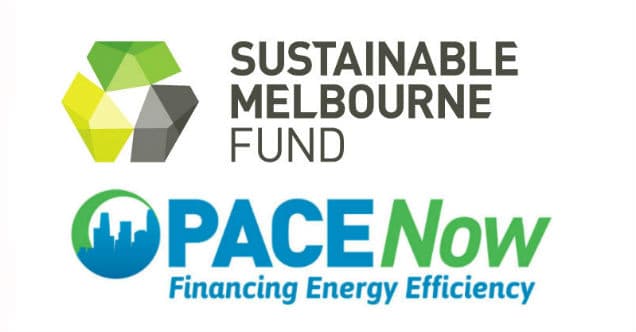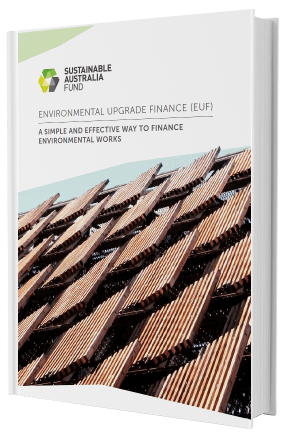How to maximise sales with compliant VEEC projects: Our best practice tips
The Victorian Energy Upgrades (VEU) program is an initiative established by the Victorian State Government. The scheme aims to promote energy efficiency by encouraging households, businesses, and indu..


 Kristina Klimovich, Director of Communications and Market Research at PACENow talks to Scott Bocskay, Chief Executive of Sustainable Melbourne Fund and David Gabrielson, Executive Director of PACENow about EUAs.
Kristina Klimovich, Director of Communications and Market Research at PACENow talks to Scott Bocskay, Chief Executive of Sustainable Melbourne Fund and David Gabrielson, Executive Director of PACENow about EUAs.

